Monitoring wildlife population densities in our ‘mainland island’ fenced sanctuaries is an important part of measuring sanctuary success and assessing the longterm costs and benefits of predator-exclusion fencing. Such fences don’t come cheap, after all.
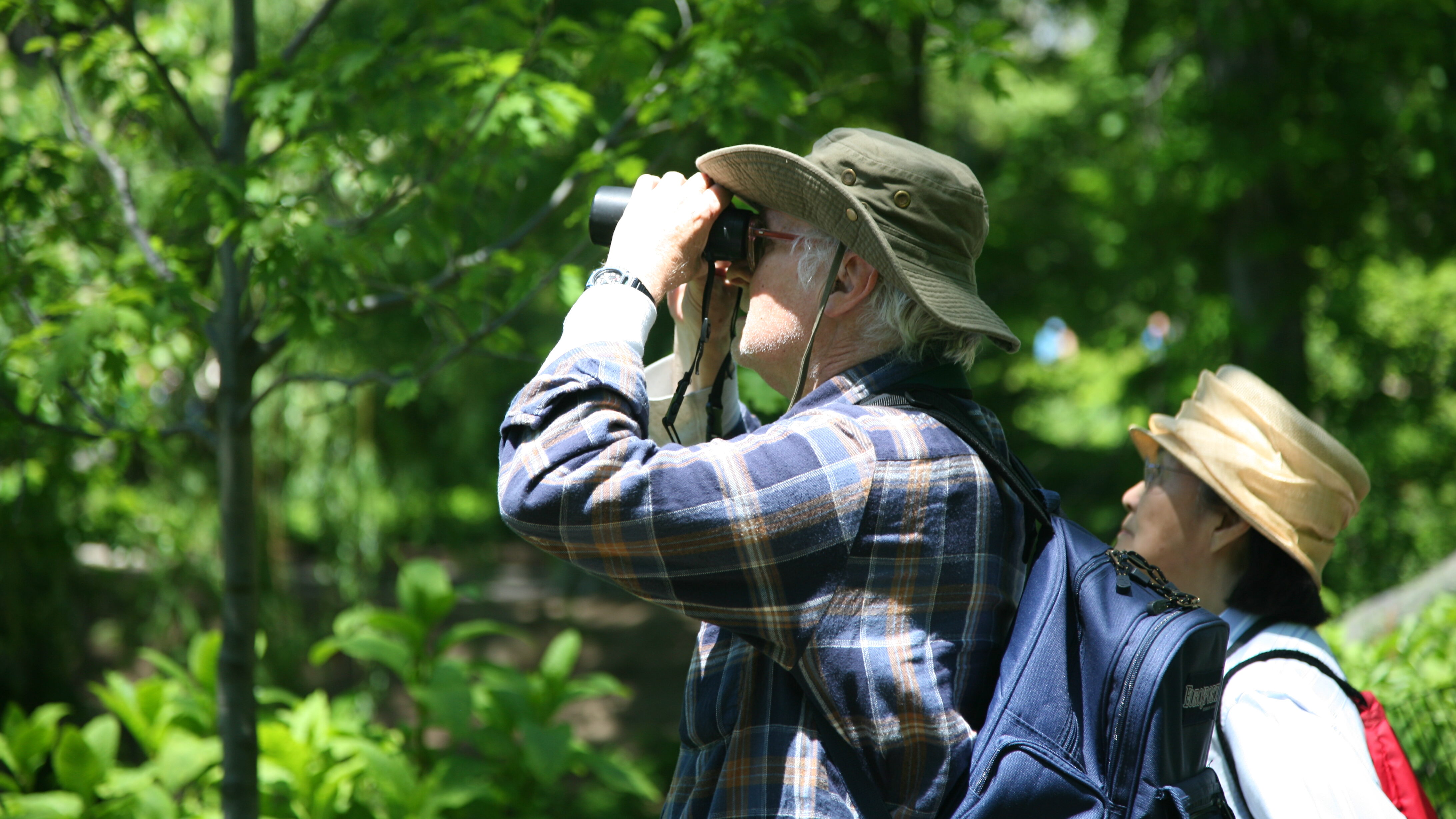
But finding and maintaining the funding, personnel and motivation for longterm monitoring projects can be a challenge. If specialist expertise is needed to carry out the annual surveys, the costs are even higher. So developing accurate monitoring methodology that can be easily and reliably carried out by volunteers offers multiple benefits all round. Sanctuaries can measure long-term success and volunteers and supporters in the community get to engage in some hands on, valuable citizen science.
The challenge is to find a reliable but not too technical way for such monitoring to be carried out and researchers Faline Drummond and Doug Armstrong from Wildlife Ecology Group, Massey University offer one solution in a paper just published in the New Zealand Journal of Ecology.
“Successful conservation management often requires estimates of population density. Density estimates can be used to detect and report on biologically relevant changes, which is important for the evaluation of population responses to management actions. This monitoring is especially important when populations are highly vulnerable or endangered. However, estimating population density can be both expensive and difficult. It remains common for indices (e.g. 5 min bird counts, fixed width transect counts) assumed to correlate with density, to be used to estimate population trends.”
Indices offer the benefit of being quick to carry out – literally 5 minutes in the case of each 5-minute bird count. But there are potential inaccuracies with index data that need to be taken into account.
“Index data can must be treated with caution because it is impossible to tell whether differences in the index reflect differences in density or detection probability. In addition, knowledge of absolute abundance may be essential for predicting longterm viability of populations.”
So what’s the alternative? The authors recommend distance sampling.
“For long-term monitoring to be both inexpensive and reliable, monitoring protocols need to be low-intensity, repeatable and accessible to a wide range of people. Distance sampling is simple and cost-effective, and gives estimates of absolute density.”
So how does it work?
“Distances are recorded from points or line transects to the objects of interest, and the resulting distribution of distances is used to infer how detection probability declines with distance from the observer. The traditional assumptions are that objects on the line or point are detected with certainty, that the lines or points sampled are random with respect to distribution of the objects, that detections are independent, that measurements are exact, and that objects are detected at their initial locations. The theory underlying the method is continuing to develop and recent advances in the distance sampling software allow some of these assumptions to be relaxed.”
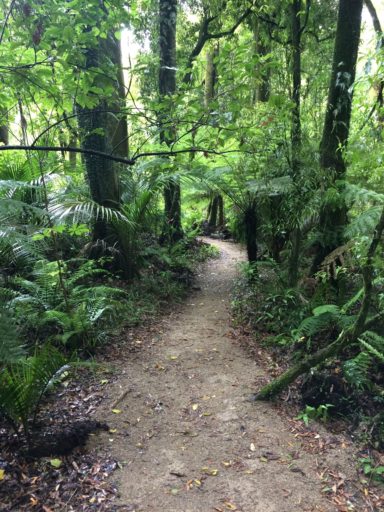
‘Distance sampling software’ doesn’t sound a totally straightforward option for non-scientists, but if the method of obtaining data is straightforward, then perhaps citizen scientists can collect to the information and team up with scientists who analyse it. Undergraduate Massey students were used by the researchers to collect monitoring data at Bushy Park Sanctuary, effectively testing the simplicity of the distance sampling methodology at the same time.
“We used annual line transect distance sampling data collected by undergraduate students to model trends in native bird densities at Bushy Park, from 2002 to 2018, including 14 years of data collection following the installation of a predator-exclusion fence in 2005. Bushy Park is an 87 hectare remnant of mature lowland rainforest approximately 25 km west of Whanganui. An Xcluder® predator-exclusion fence was installed around the perimeter of the reserve and exotic mammalian predators except house mice were eradicated, followed by ongoing monitoring for predator incursions.”
Although the students carrying out the surveys changed each year, the monitoring conditions and methods were kept as consistent as possible.
“The exercise was always conducted over a 2 h period at approximately midday on a day in late July when the weather was expected to be fine. Each of the 11 transects were surveyed by 2–3 people who were instructed to walk at a slow steady pace scanning either side of the transect looking for birds while also taking care to check directly overhead. When a bird was seen, its perpendicular distance from the transect was recorded accurately (to the nearest 0.1 m) with a tape measure, and its species identified using a simple visual guide. Only birds that were seen were recorded. If birds seen in groups (i.e. clusters) were judged to be following one another, the numbers of birds in the cluster was recorded. Birds not following one another were recorded separately.”
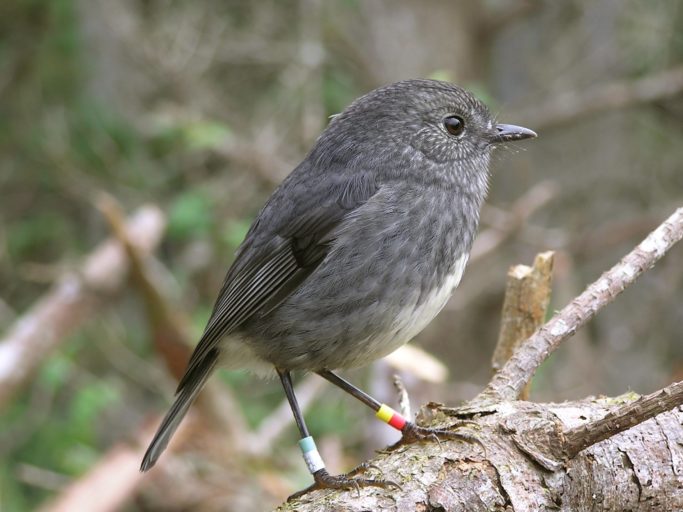
Not all birds behave in the same way, however and that behaviour needed to be taken into account. New Zealand robins, for example, are likely to fly in close to see what you are up to – which can make the density of robins seem a lot higher than it really is.
“We corrected for known breaches to the distance sampling assumptions for North Island robins/toutouwai by calibrating raw transect counts with mark-recapture data.”
The robins are one of several bird species that have been reintroduced to Bushy Park.
“North Island robins were reintroduced in August 2001, with an additional translocation in August 2004, but were declining to extinction due to poor (14%) nest success before the predator-exclusion fence was installed. After the fence was installed North Island saddlebacks/ tīeke and hihi were reintroduced, in 2006 and 2013 respectively.”
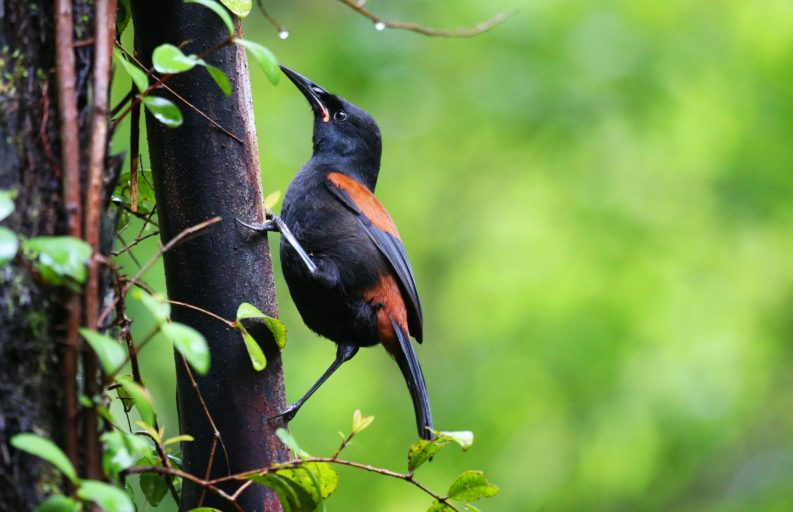
In the 16-year period of annual transect counts in Bushy Park (2002-2018), students recorded a total of 3467 native birds from 12 different species.
“Only 59 exotic birds were recorded, mostly blackbirds, and there were five birds that could not be identified. Most (>95%) records for the analysed species were <15 m from the line, reflecting the density of the vegetation and the fact that birds were not recorded unless sighted.”
For the reintroduced species, the long-term population density results were positive – good news for Bushy Park and its supporters.
“Two of the three reintroduced species, North Island robins and North Island saddlebacks/ tieke, showed marked increases in density, and were the numerically dominant species in Bushy Park by the end of the study. The distance data for hihi , which were reintroduced in 2013, were too sparse to show a trend. Comparison with independent data for these three species showed that uncorrected distance data greatly over-estimated densities of robins (6-fold) and hihi (9-fold) but were accurate for saddlebacks.”
“In contrast to the reintroduced species, densities of the original bird populations all remained relatively constant (kererū, tomtit) or declined (grey warbler/riroriro, fantail/pīwakawaka, silvereye/tauhou) after the installation of the fence, or had too few observations to estimate densities (tūī, bellbird/korimako).”
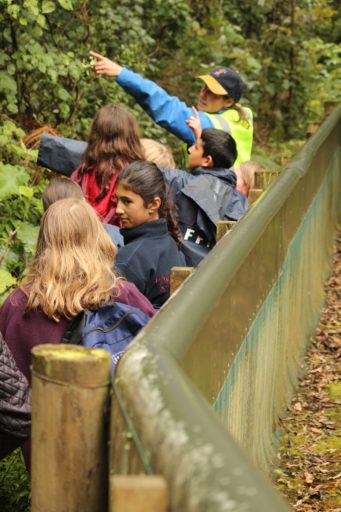
The researchers believe that distance sampling has real potential to be a useful citizen science monitoring tool.
“The ability of the method to generate reasonable density estimates from low intensity monitoring data makes it a potentially powerful tool for citizen science projects. However, we stress the importance of including uncertainty in estimates when inferring population trends, and the potential need to calibrate distance data with independent density estimates.”
“Citizen science initiatives are gaining traction in New Zealand and worldwide. This study was similar to a citizen science project as it involved multiple inexperienced observers and produced valuable long-term data that would not otherwise be available. All citizen science projects must be simple, reliable, repeatable and cost-effective as they are reliant on people with either very little or no training.”
The researchers also emphasise that good quality scientific data can be obtained through citizen science projects.
“There are numerous studies that show when key factors have been met there can be little difference between the quality of data collected by expert and non-expert observers. The data quality is especially relevant in New Zealand where many long-term studies have been made possible by the help of students and volunteers. The involvement of a variety of people in ecological research also has added social benefits of greater support for ambitious biodiversity initiatives such as ‘Predator-free New Zealand’.”
This research paper is published in the New Zealand Journal of Ecology and is freely available online.

